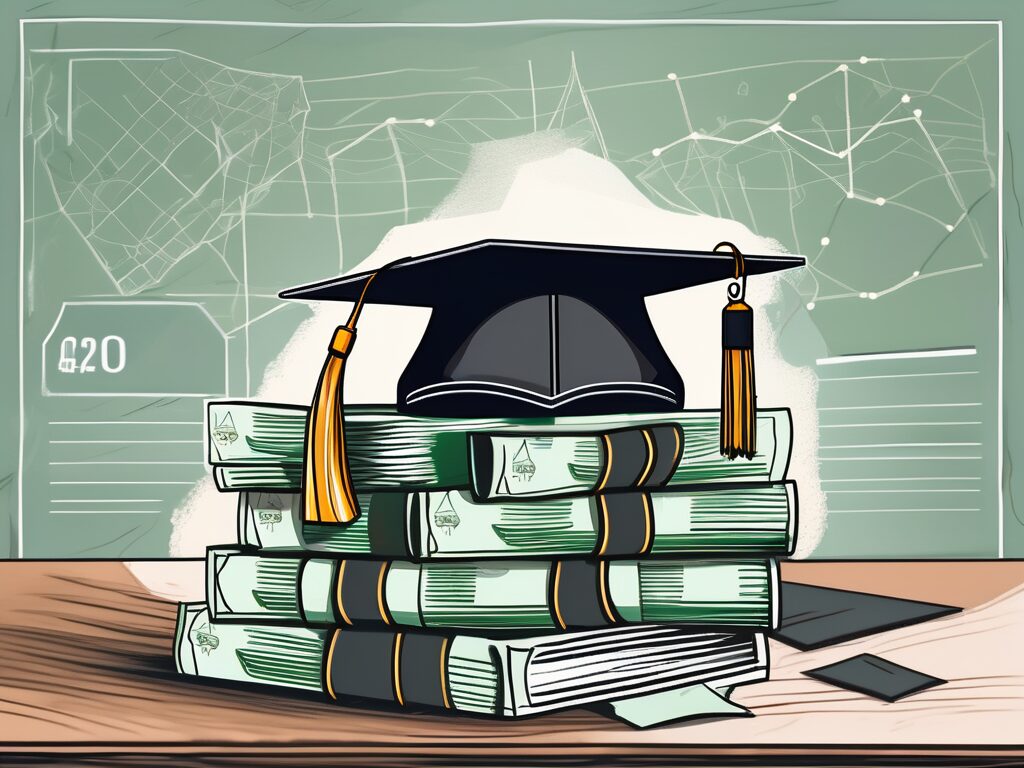What is the Teacher to Student Ratio in Malaysia?
The teacher to student ratio is a critical factor in the educational landscape, influencing the quality of education and the learning environment. For aspiring international educators, understanding this ratio in Malaysia can provide valuable insights into the teaching opportunities and challenges within the country. In this article, we will explore the teacher to student ratio in Malaysia, its importance, and how it impacts international teaching careers.
Table of Contents
- Why is it Important for Aspiring International Teachers?
- Key Skills or Qualifications Required
- Steps to Get Started
- Challenges and How to Overcome Them
- Best Practices and Tips for Success
- Conclusion
Why is it Important for Aspiring International Teachers?
The teacher to student ratio in Malaysia is approximately 1:11 in primary schools and 1:13 in secondary schools. This ratio is crucial for aspiring international teachers as it affects classroom management, individual attention, and overall teaching effectiveness. A lower ratio often means more personalized attention for students, which can lead to better educational outcomes.
Understanding these ratios can help educators tailor their teaching strategies to meet the needs of Malaysian students, making them more effective and competitive in the job market. Additionally, Malaysia’s growing emphasis on quality education presents numerous opportunities for international educators.
Key Skills or Qualifications Required
To succeed in Malaysia’s educational system, international teachers should possess the following skills and qualifications:
- Proficiency in English and, ideally, Bahasa Malaysia
- Strong classroom management skills
- Adaptability to diverse cultural settings
- Relevant teaching certifications and experience
Steps to Get Started
For those looking to teach in Malaysia, here are the steps to get started:
- Obtain a recognized teaching certification, such as TEFL or TESOL.
- Gain experience in teaching diverse student groups.
- Research and apply to international schools in Malaysia.
- Prepare for cultural adaptation and language learning.
Challenges and How to Overcome Them
Teaching in Malaysia comes with its own set of challenges, including cultural differences and language barriers. To overcome these, educators should:
- Engage in cultural sensitivity training.
- Learn basic Bahasa Malaysia to communicate effectively.
- Network with other international educators for support and advice.
Best Practices and Tips for Success
To thrive as an international teacher in Malaysia, consider these best practices:
- Embrace continuous professional development.
- Foster an inclusive and engaging classroom environment.
- Utilize technology to enhance learning experiences.
Conclusion
Understanding the teacher to student ratio in Malaysia is essential for aspiring international educators. It not only influences teaching strategies but also impacts career opportunities. By equipping themselves with the right skills and knowledge, educators can successfully navigate Malaysia’s educational landscape and make a meaningful impact.
Want to become a teacher in a Tier 1 international school? Join the course here.

